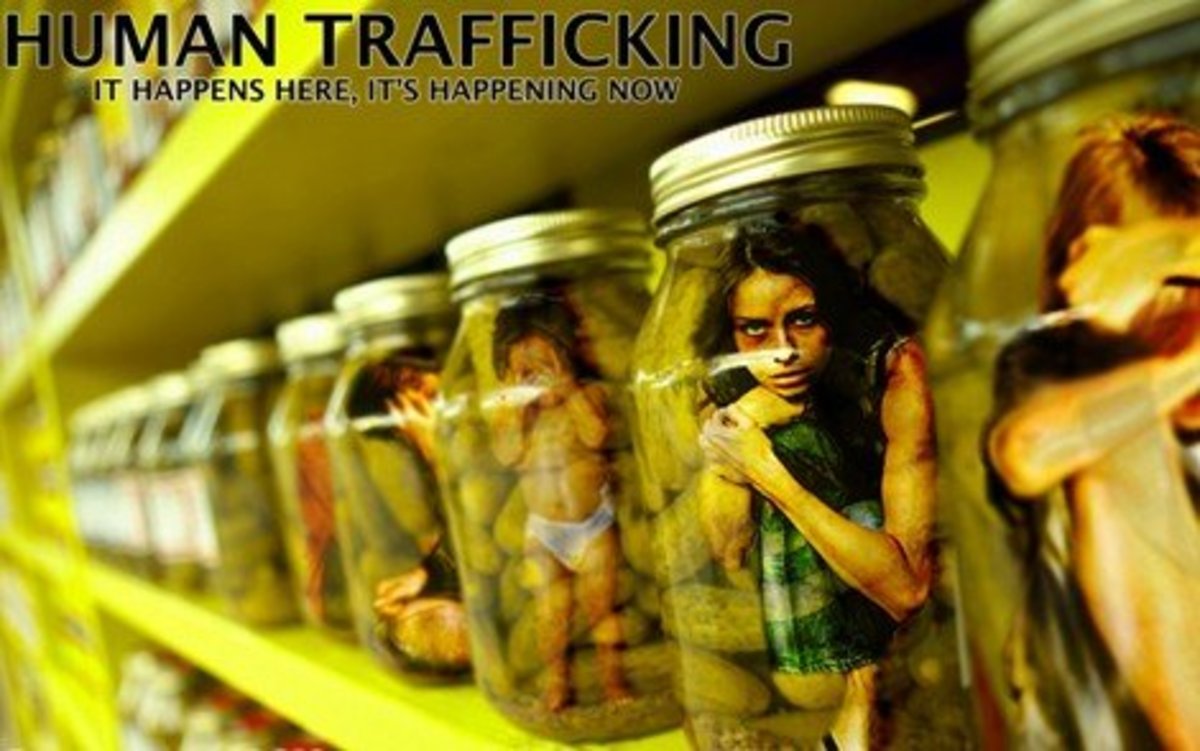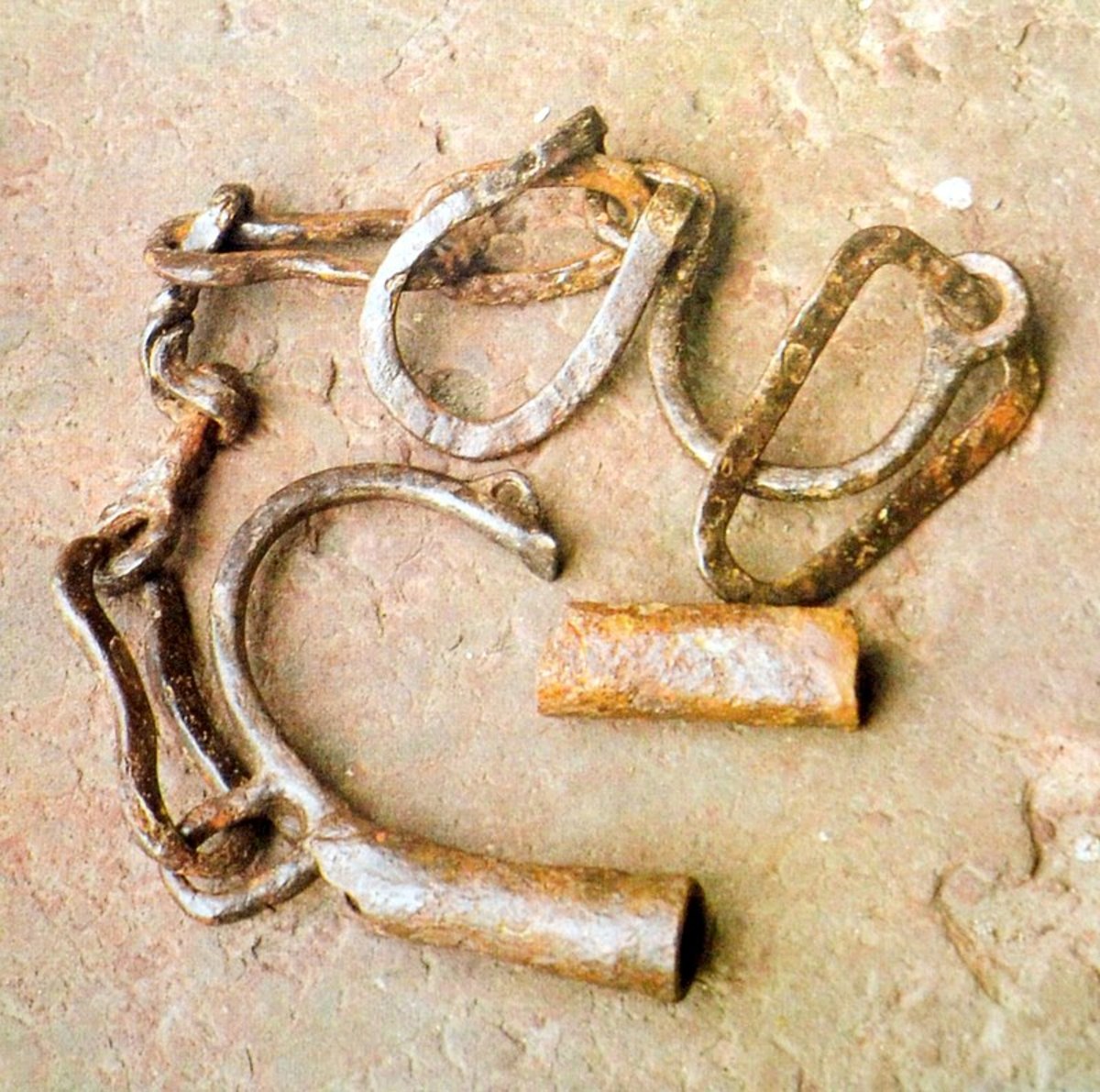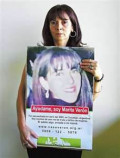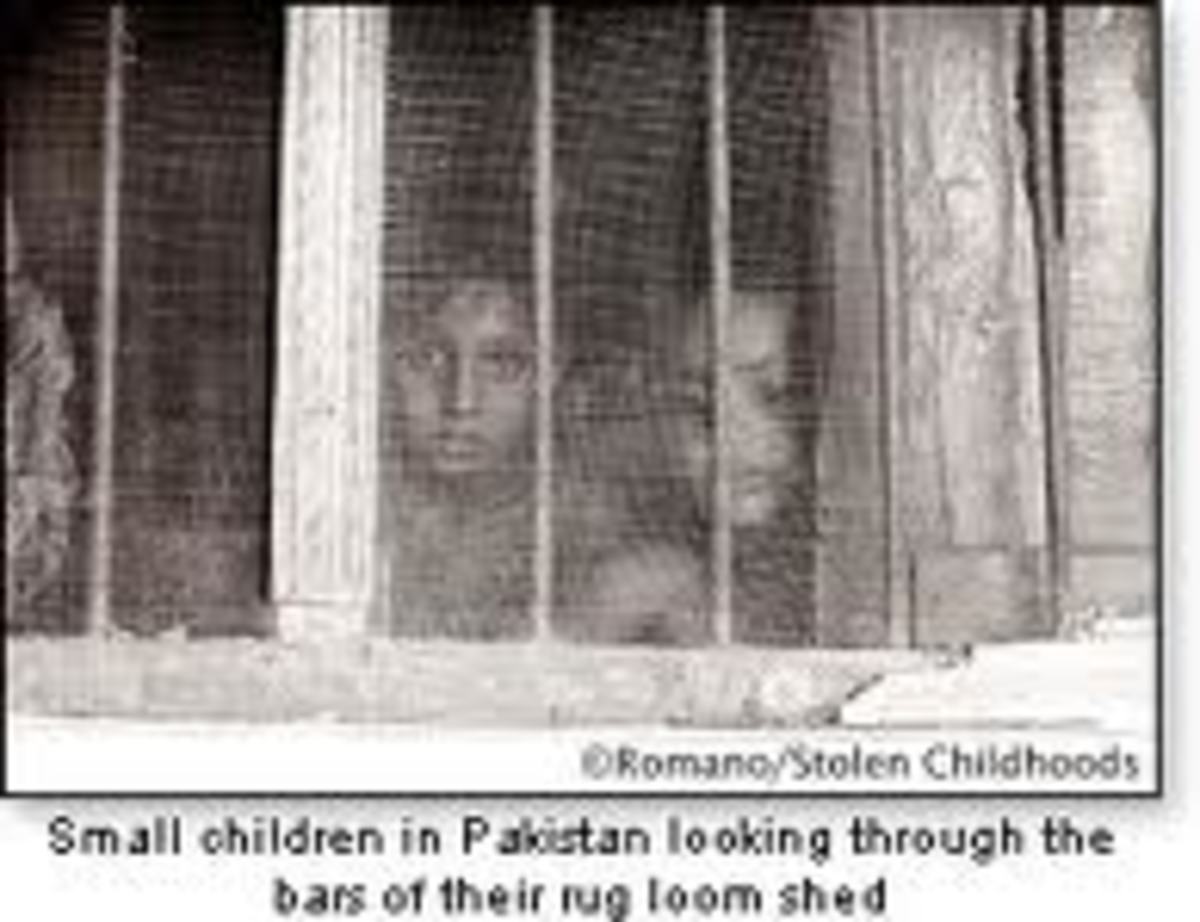Human Trafficking: Closer Than You Think

Human trafficking is a global issue that presents major health risks to its victims. Not only is human trafficking widespread but it is also fast growing; especially in the united states that holds the largest market for trafficking victims (Joint Commission, 2018).
Defining Human Trafficking
Human trafficking can be described as slavery or involuntary servitude that violates human dignity. Simply put, it is involuntary human trading. The United States Department of Homeland Security classifies human trafficking as a “form of modern-day slavery” that involves the use of force, fraud, or coercion to exploit human beings for some type of labor or commercial sex purpose.” Victims are usually marginalized and vulnerable to exploitation. Victims are of any age, gender, or race.
Human Trafficking consists of different types. Here is a list of the different types of human trafficking.
- Forced Labor.
- Sex Trafficking.
- Child Labor
- Commercial Sexual Exploitation of Children (CSEC)

How Traffickers Benefit
What are the potential benefits of human trafficking for traffickers? Human trafficking generates large financial gains for traffickers. The joint commission (2018) reports human trafficking as a major source of income for organized crime. For instance, sexual exploitation provides huge profits, while forced labor reduces cost. The estimated number of victims of human trafficking is 21 million. This large number of victims generate annual profits of $150 billion according to the International Labor Organization. Due to the discreet nature of human trafficking, it is nearly impossible to account for an exact number of victims. Still, of the estimated 21 million human trafficking victims, 313,000 are believed to be United States citizens and 19 percent foreign nationals (Sinay, 2017).

How Healthcare Providers Can Help
Healthcare providers are in a unique position to meet certain challenges of human trafficking since a large amount of trafficking victims will have encountered a healthcare clinician (Lipkin Leveque, 2017). With proper screening healthcare providers can better identify victims. Once victims are identified, proper care planning can reduce victim trauma. Adequate training of healthcare providers can improve screening outcomes. To identify trafficking victims, clinicians must be aware of certain human trafficking red flags.
Human Trafficking: Redflags in Healthcare
Human Trafficking Red Flags in Healthcare
- Victim's ignorance of location
- Lack of address
- Victim’s lack of control of documents or money
- Victim's opposition to touch or examination
- Victim’s reluctance to provide details about illness or injuries.
- Victim are often accompanied by an individual or interpreter that often dominates the patient interview.
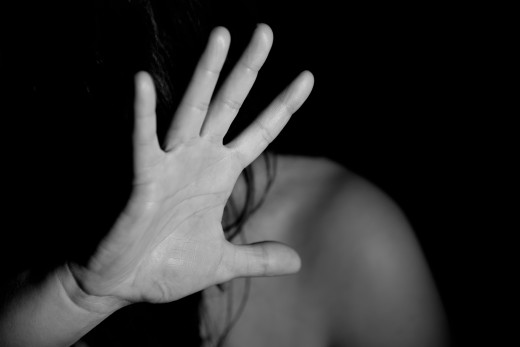
Common Health Issues of Victims
Clinicians can implement routine screening for human trafficking in practice through purposeful and systematic approaches. Even though victims are not automatically identified by isolated or combination of indicators, certain human trafficking markers may alert healthcare providers. For instance, clinicians can be on the lookout for common health issues experienced by trafficking victims. Below are common health issues experienced by trafficked victims.
- Unsafe abortion complications
- Sexually transmitted infections
- Fractures
- Post-traumatic stress disorders
- Unhealthy weight loss
- Chronic or untreated pain
- Cigarette burns (Dovydaitis, 2010).
Clinicians can also screen for other indicators of trafficking victims such as victim anxiety, nervousness, or fearfulness.
How to Spot Human Trafficking
Barriers to Challenging Human Trafficking
Due to the discreet nature of human trafficking, many victims often go unnoticed. Lack of human trafficking understanding and awareness also present other challenges to identifying and rescuing victims. To meet the challenges of human trafficking more research is imperative. Adequate and proper community training is also vital to fully understand the extent of the crisis and to work towards a solution.
How You Can Help
If you would like to learn more about how to detect human trafficking and identify victims, you can take advantage of human trafficking training. Also, call 1-866-347-2423 if you suspect human trafficking. Make a difference by becoming more aware of human trafficking and speak up if you identify a potential victim. The next victim may be someone you know.
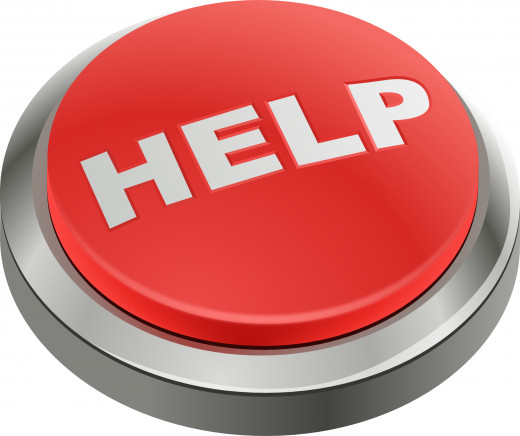
References
Dovydaitis, T. (2010). Human trafficking: The role of the health care provider. Journal of Midwifery & Women’s Health, 55(5), 462-467.
Hotline statistics (2017). National Human Trafficking Hotline. Retrieved from: https://humantraffickinghotline.org/states.
Human trafficking (2017). US Department of Homeland Security. Retrieved from: www.dhs.gov/topic/human-trafficking.
Lipkin Leveque, N. (2017). The health of victims of human trafficking victims in San Diego, California: A Retrospective Study. Health of Victims Of Human Trafficking Victims In San Diego, California: A Retrospective Study, 1.
Sinay, K. (2017). Human Trafficking--An introduction to what the Texas nurse needs to know. Texas Board of Nursing Bulletin, 48(3), 4–6.
Q&A: The Joint Commission on human trafficking. (2018). Briefings on Accreditation & Quality, 29(9), 5-7.
This content is accurate and true to the best of the author’s knowledge and is not meant to substitute for formal and individualized advice from a qualified professional.
© 2020 Nicky Fuller

